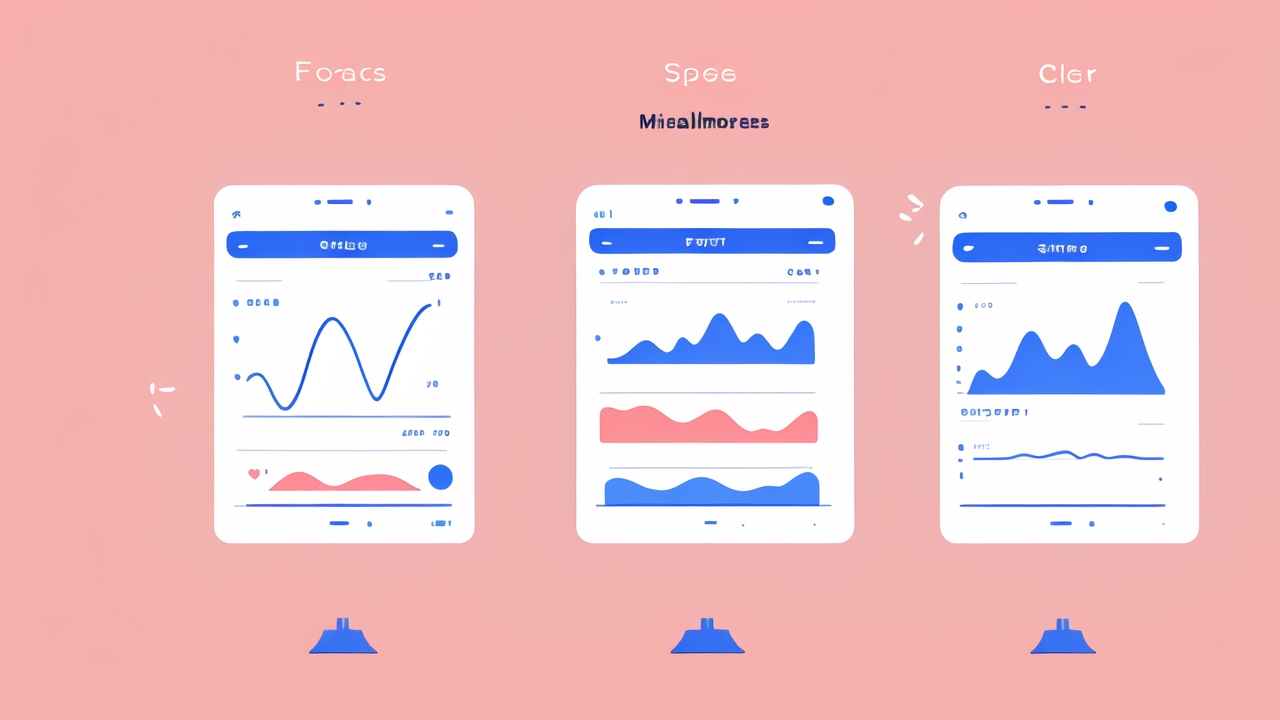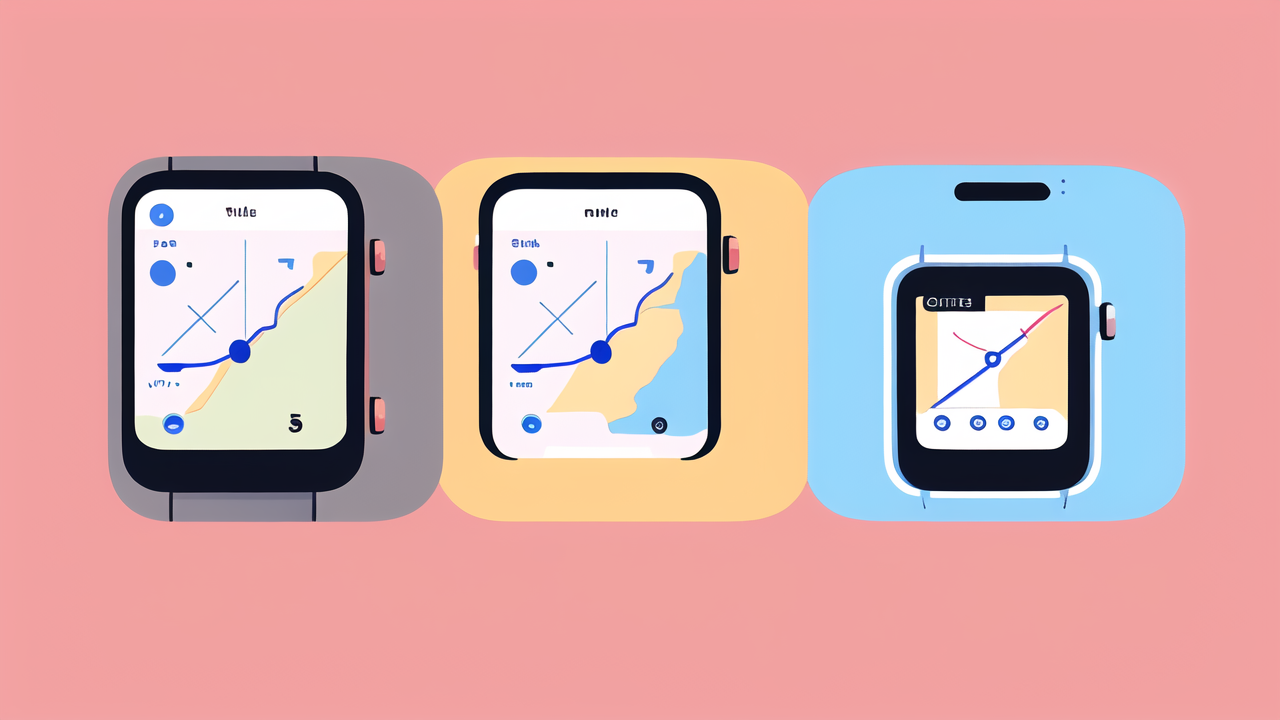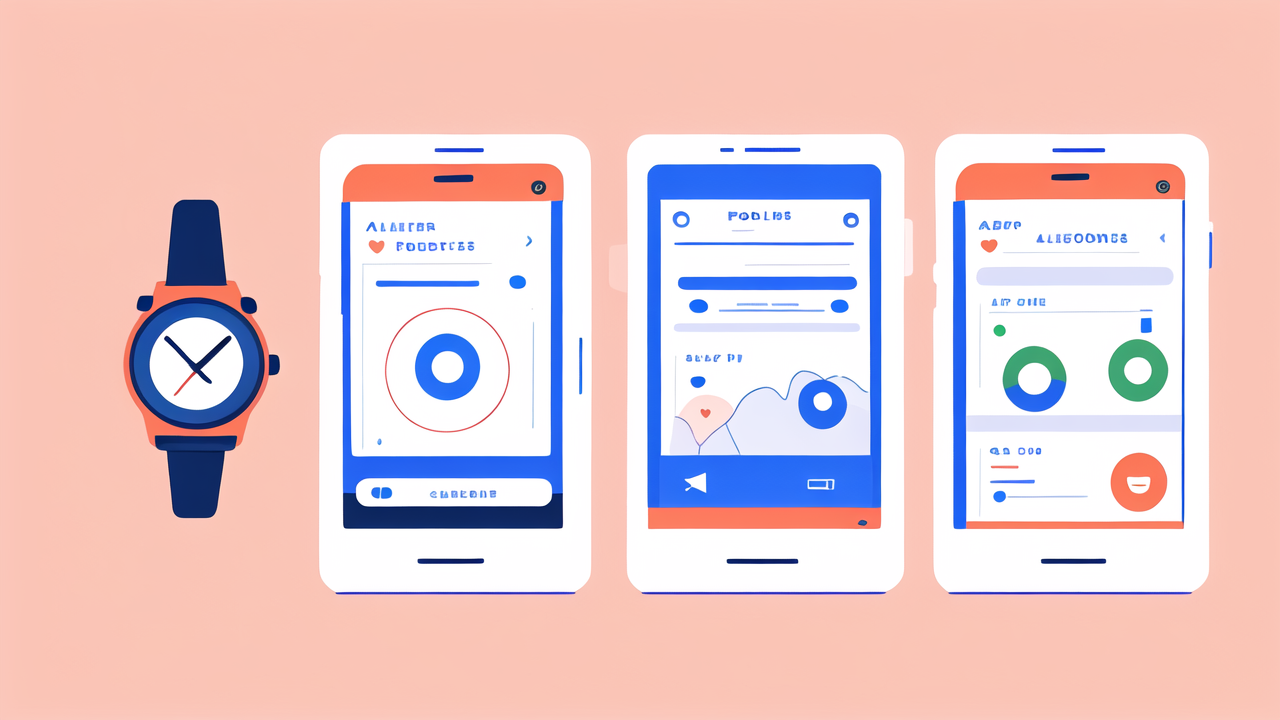Understanding the Sports Watch Market in the United States
The Evolution of the Sports Watch: From analog to smart
Sports watches have come a long way. They started as simple analog timepieces. Now, they're smart devices.

The first sports watches were basic. They just told time and maybe had a stopwatch.
Today's smart sports watches are different. They can track your heart rate and steps. They can even show
your text messages. This change happened over many years.
Technology got better. Batteries got smaller. Screens got clearer. All these things helped sports watches
evolve. Now, they're like mini-computers on your wrist. They help athletes train better and stay connected.
Key Features that Define a Top Sports Watch
A top sports watch has several key features. These make it stand out from the rest. Here are some important
ones:
- GPS tracking: This helps you know where you are and how far you've gone.
- Heart rate monitor: It tells you how hard your heart is working during exercise.
- Water resistance: This lets you swim or shower without worry.
- Long battery life: A good watch should last at least a few days on one charge.
- Fitness tracking: It should count your steps, calories burned, and more.
- Smart notifications: Get alerts for calls, texts, and apps on your wrist.
- Customizable face: You can change how the watch looks to suit your style.
These features help athletes track their progress and stay motivated. They turn a simple watch into a
powerful training tool.
The Role of Wearables in Modern Fitness Regimes
Wearables, like sports watches, play a big role in fitness today. They've changed how people work out and
stay healthy. These devices give us data we never had before.
With a sports watch, you can see your heart rate in real time. You can track your sleep patterns. You can
even get reminders to move if you've been sitting too long.
This data helps people make better choices about their health. It can show if you're training too hard or
not enough. It can help you set and reach fitness goals.
Coaches and trainers use this data too. They can see how their athletes are doing. This helps them make
better training plans. Wearables have made fitness more personal and data-driven.
Choosing the Right Smart Watch for Your Fitness Goals
Assessing the GPS Accuracy and Mapping Capabilities
GPS accuracy is crucial for sports watches. It helps track your runs, rides, and hikes. A good sports watch

should have a clear, strong GPS signal. This means it can show your exact location and route.
Look for watches that use multiple satellite systems. This can include GPS, GLONASS, and Galileo. More
systems mean better accuracy. Some watches even have built-in maps. These can be great for trail running or
hiking.
Test the watch's GPS before buying. See how long it takes to get a signal. Check if it tracks your route
correctly. Remember, tall buildings or dense forests can affect GPS. A good watch should still work well in
these conditions.
Analyzing the Compatibility with Fitness Apps and Services
Your sports watch should work well with your favorite fitness apps. This makes it easier to track your
progress over time. Many watches sync with popular apps like Strava, MyFitnessPal, or Nike Run Club.
Check if the watch has its own app. This app should be easy to use. It should show your data clearly. Look
for watches that let you share data between different apps. This gives you more flexibility.
Some watches work with music apps too. This lets you control your music from your wrist. Others can connect
to smart home devices. Think about which features matter most to you.
Ensuring Battery Life and Performance During Intense Workouts
Battery life is a key factor for sports watches. A dead watch can't help you track your workout. Look for
watches that can last through your longest activities. Some can go for days or even weeks on one charge.
Battery life depends on what features you use. GPS and heart rate monitoring use more power. Some watches
have different modes to save battery. They might turn off certain features to last longer.
Check how the watch performs during intense workouts. It should keep tracking accurately even when you're
pushing hard. Look for reviews from other athletes. They can tell you how the watch holds up in real-world
use.
Advanced Tips for Maximizing the Potential of Your Sports Watch
Utilizing Data for Training Purposes
Your sports watch collects a lot of data. This data can help you train better. Here's how to use it:

- Look at your heart rate zones. This shows how hard you're working.
- Check your recovery time. It tells you when you're ready for the next hard workout.
- Use the GPS data to plan routes. This helps you vary your training.
- Track your sleep. Good sleep is key for recovery and performance.
- Monitor your daily activity. It shows if you're moving enough outside of workouts.
Use this data to adjust your training. If you're always in a high heart rate zone, you might need more rest.
If your times are getting faster, you're improving. The data helps you make smart choices about your
training.
Customizing Watch Settings for Optimal Fitness Outcomes
You can make your sports watch work better for you. Here's how to customize it:
- Set up custom workouts. Tell your watch what kind of exercise you're doing.
- Change your display. Put the most important info where you can see it easily.
- Set alerts. Your watch can remind you to drink water or take a break.
- Adjust your heart rate zones. Make sure they match your fitness level.
- Choose the right sport mode. This helps the watch track your activity correctly.
By customizing your watch, you make it more useful. It becomes a better tool for your specific needs. Take
time to explore all the settings. You might find features you didn't know about.
The Importance of Regular Updates and Calibration Checks
Keeping your sports watch up to date is important. Updates can add new features. They can also fix bugs.
Here's what to do:
- Check for updates regularly. Most watches will tell you when one is available.
- Calibrate your watch often. This keeps the GPS and other sensors accurate.
- Clean your watch. Dirt can affect the heart rate sensor.
- Check the battery health. Replace the battery if it's not lasting as long.
- Update your personal info. Your weight and fitness level change over time.
Regular maintenance keeps your watch working well. It ensures you get accurate data. This helps you train
better and reach your fitness goals. Treat your sports watch like any other training tool. Keep it in good
shape, and it will serve you well.




Leave a comment
This site is protected by hCaptcha and the hCaptcha Privacy Policy and Terms of Service apply.